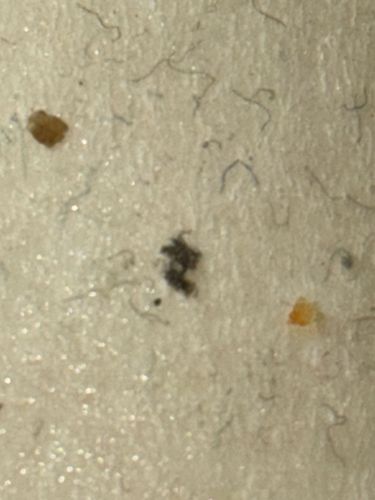Dust Mite
Scientific Name: Dermatophagoides spp.
Order & Family: Acariformes, Pyroglyphidae
Size: 0.2-0.3 mm (microscopic)

Natural Habitat
Human dwellings, especially bedding, carpets, upholstered furniture, and clothing, thriving in warm, humid conditions.
Diet & Feeding
Primarily feed on dead human and animal skin flakes (dander), as well as other organic detritus.
Behavior Patterns
Dust mites are microscopic and not visible to the naked eye. They are most active in darkness and prefer warm, humid environments. They do not bite or sting but their fecal pellets and body fragments are major allergens. They reproduce rapidly under favorable conditions.
Risks & Benefits
Potential risks include being a major trigger for allergies and asthma in sensitive individuals due to their allergens (fecal matter and body fragments). They do not offer direct benefits to humans, but as decomposers, they play a minor role in breaking down organic matter in indoor environments.
Identified on: 9/4/2025